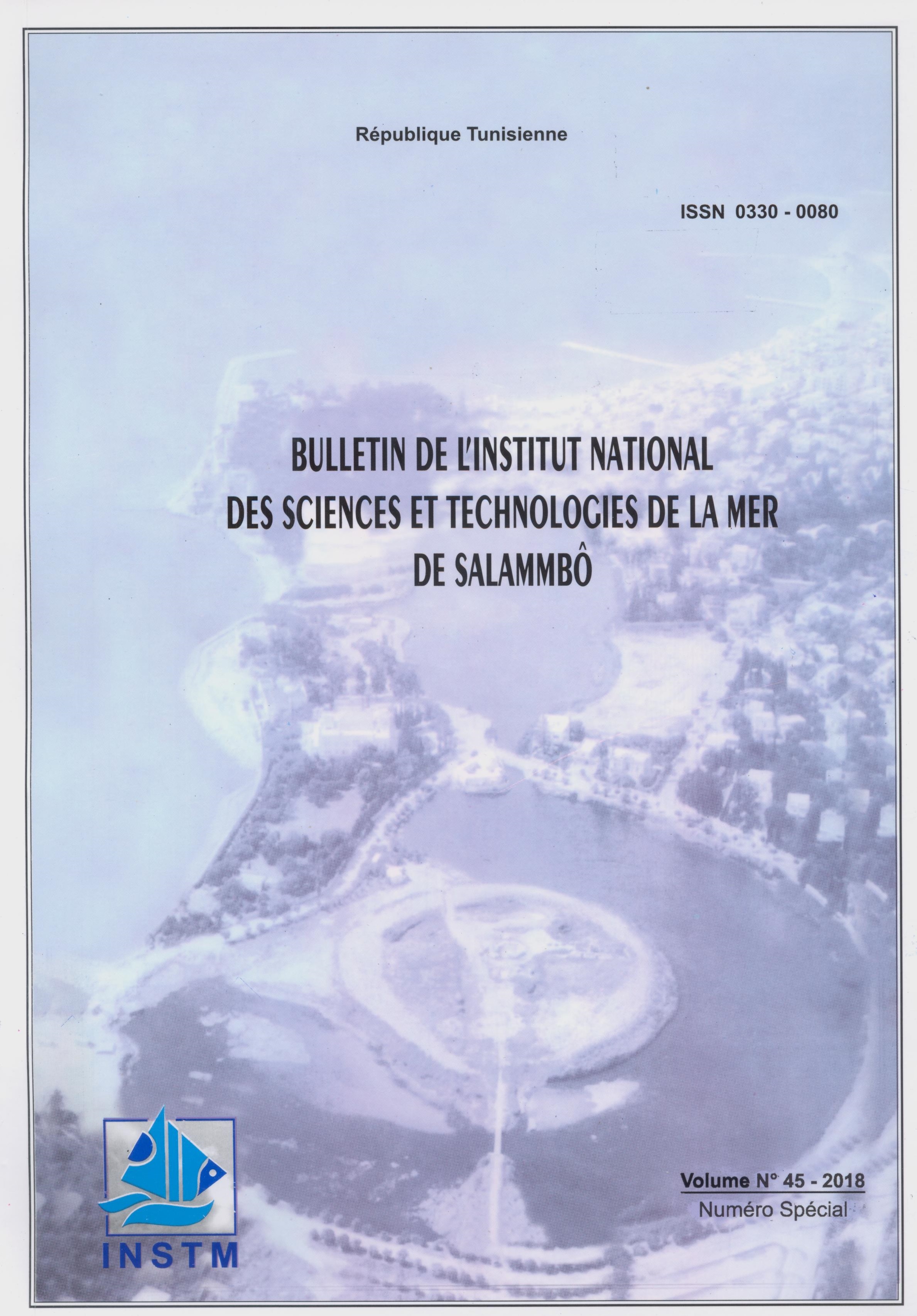Analyse descriptive des résultats de la surveillance des échouages de cétacés au Nord de la Tunisie
DOI:
https://doi.org/10.71754/instm.bulletin.v45.75Keywords:
Analysis, Stranding, Marine mammals, Dominant species, Infestation, Parasitoses, Boats, Distribution, Marine, Fishing, Asphyxia, Tursiops truncatus, North coast, Physeter macrocephalus, crampus griseus, Stenella coeruleoalba, Globicephala melas, Balaenoptera physalus, TunisiaAbstract
This is a data descriptive analysis study on cetacean strandings conducted over the last ten years on the northern Tunisian coast as part of the activities of the National Stranding Network. The analysis involves all stages of monitoring from the signaling of strandings to the become of stranded animals. The results showed that the National Marine Guard is the main source of stranding reports. The listed species are in descending order: Tursiops truncatus, Physeter macrocephalus, Grampus griseus, Stenella coeruleoalba, Globicephala melas and Balaenoptera physalus. The two dominant species exhibit a different distribution in space and time. From 43 individuals, only 15 necropsies were made. Five Tursiops truncatus died by suffocating, evoking interaction with fishing nets. Two Physeters macrocephalus presented a sharp cut at the flank showing an interaction with boats. Two Stenella coeruleoalba had a massive internal parasitic infestation and a Grampus griseus had a significant external parasitosis. Regarding the fate of corpses, only 7% of the individuals were buried on the spot and 42% were taken away by the municipality agents.













